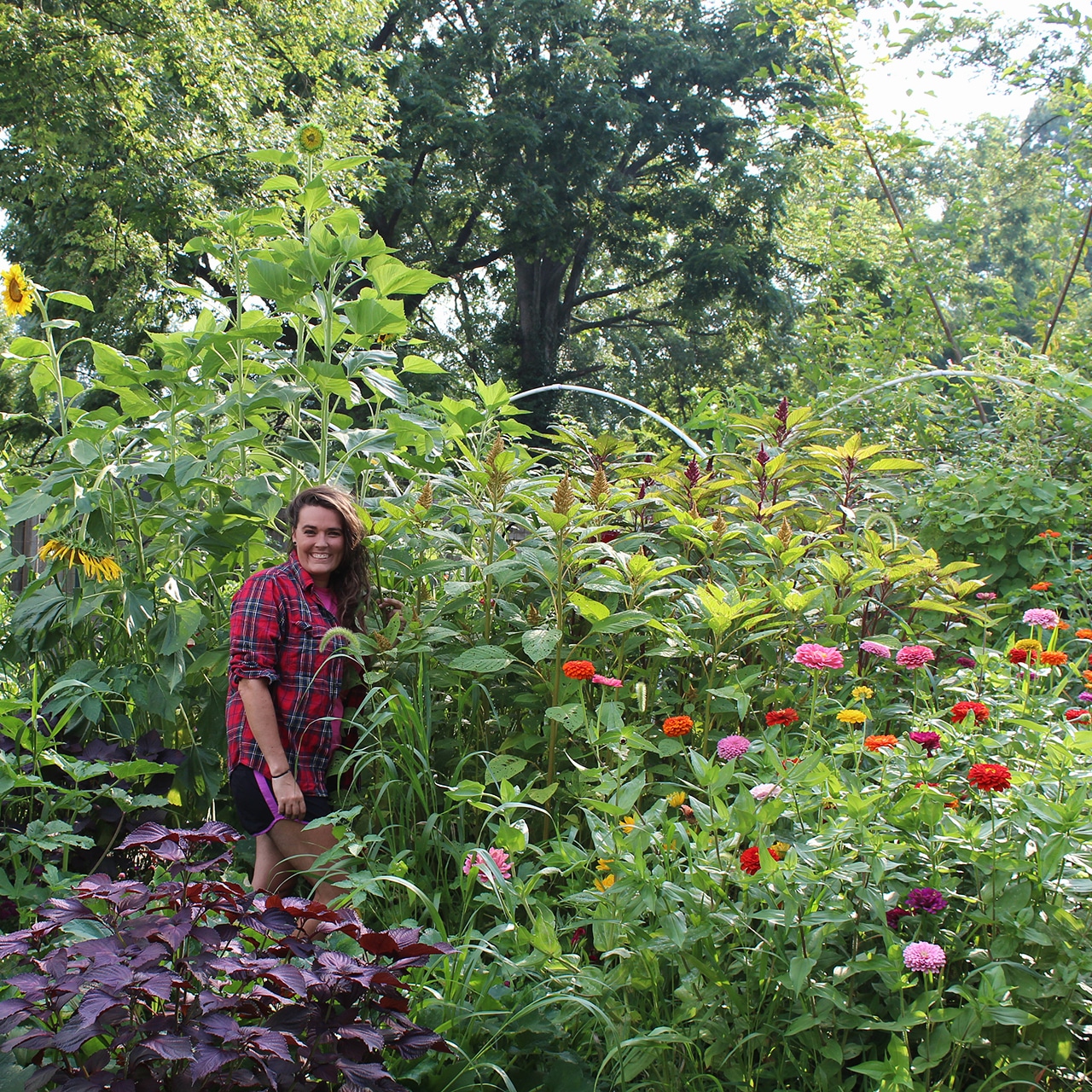Best Astilbe Care for Feathery Summer Blooms
Delicate flowers each year makes astilbe care a pleasure. Plant different varieties for a longer bloom season and enjoy their graceful presence in your garden.
Amy Draiss
We get questions from our flower-gardening friends about astilbe care. The bright, plume-like flowers of astilbe are a pretty addition to a home garden or landscape. Thriving in shade, astilbes produce large clusters of showy flowers in white and varying hues of pink. When they’re established, these plants are quite robust. If you’re in charge of astilbe plant care in your garden, you will seldom see problems with insects or diseases. Learn more about how to grow astilbe plants to ensure your astilbes will thrive for many seasons to come.
Quick Facts:
- Botanical name: Astilbe
- Height: 1-6 ft. (0.3-1.8 m)
- Spread: 12-24 in. (30-61 cm)
- Sun exposure: Part shade
- Soil requirements: Neutral, slightly acidic
- Hardiness zones: USDA Zones 4-9
- When to plant: Spring, fall
Caring for Astilbe
Its fluffy plumes and frilly foliage make astilbe a plant worth including in your garden beds or yard. Here are some tips on how to grow and care for astilbe plants.
- Lighting Conditions Astilbe plant care begins first at planting time. Carefully consider its need for light: Most astilbe species grow best where they can be shaded throughout the day. This makes them perfect for planting near the base of trees or in beds that are near structures, like houses or fences. Astilbe can be grown in full sun locations, keeping in mind the plant’s need for water.
- Watering Needs Watering is a critical aspect of astilbe care. The plants flourish in beds that remain consistently moist throughout the growing season. Plan to water them routinely to help maintain moisture levels. At least, water astilbe beds deeply once each week. Watering from below is best, allowing deep saturation of each plant’s root zone.
- Temperature & Humidity Astilbes are known for their tolerance to cold, perennializing well in even the harshest of climates. Cool growing conditions through the summer also contribute to the health of these plants. Astilbes grown in hotter regions may require more shade during the warmest parts of the day as well as some supplemental irrigation in order to grow their best.
- Best Fertilizing Astilbe plants are heavy feeders and require a rich, fertile soil in order to thrive. Finished compost and other amendments can be added to the soil at planting time as needed. Fertilizer can also be used throughout the growing season. Well-balanced feeds are most commonly applied in early spring boost blooms. Nitrogen fertilizers applied after flowering can help to rejuvenate the astilbe’s foliage and promote its growth.
- Soil & Compost Though they appreciate consistent moisture, you should make certain that your garden soil drains well. This will help to prevent rot as well as aid in the plant’s survival through winter. A fertile growing medium amended with compost is vital for astilbe and will play a key role in its production of flowers in early summer.
- Problems, Pests & Diseases When learning how to grow astilbe, it is important to consider possible problems that may affect the plant. Though the plants are generally hardy, disease can become an issue if conditions are less than ideal. Wilt, leaf spot, and powdery mildew are common to astilbe. Fortunately, most instances of disease can be prevented through good garden sanitation and using proper irrigation techniques. Monitor your plants throughout the season for pests, with weevils and grubs being the biggest concern.
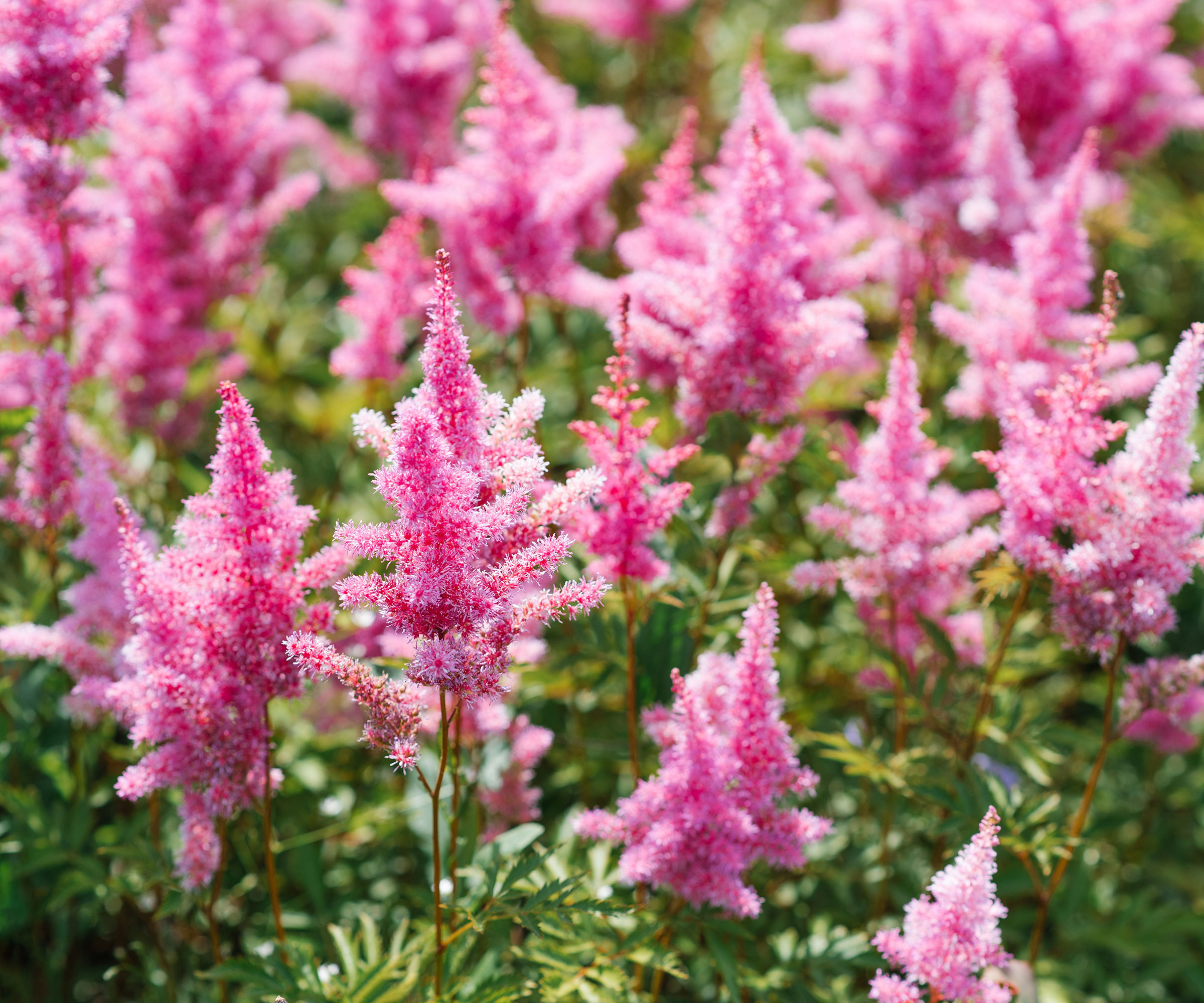
When and How to Plant Astilbe
Astilbe can be successfully planted in both spring and fall. Most gardeners find planting bare roots to be easiest, with growth of the flowers beginning quickly in spring.
Planting astilbe seeds is also an option, though they do require some special care. A brief period of cold stratification, roughly 4 weeks, may increase their germination rates. Seeds can then be placed into trays filled with a sterile, soilless potting mix. The ideal temperatures for germination range between 65-70 F (18-20 C), with seeds beginning to grow over the span of approximately 5 weeks.
Astilbe Deadheading & Pruning
Deadheading astilbe plants is beneficial to their overall health, but will not encourage them to produce new blooms. Removing spent flowers helps keep plants tidy, prevents them from self-seeding and can divert gathered energy back to the plant.
Astilbe does not require pruning, aside from removing any stems that have died back or are damaged during the growing season. As an herbaceous perennial, routine trimming may be needed in fall after all the plant’s foliage has naturally died back to the ground. At this time, all decaying matter should be removed and disposed of safely from the garden.
How to Propagate Astilbe
Astilbes are best propagated through the process of division. Divide the plants once every 3-5 years. Established astilbe plants benefit greatly from the division process, reducing crowding within beds and helping to revitalize plants. Divide these plants in early spring, just as new growth has started to emerge from the soil.
Gardening tips, videos, info and more delivered right to your inbox!
Sign up for the Gardening Know How newsletter today and receive a free copy of our e-book "How to Grow Delicious Tomatoes".
Frequently Asked Questions
Does Astilbe Bloom All Summer Long?
Astilbe are loved for their long bloom period. You can expect these flowers to grace your garden from early to late summer. You can extend the blooming periods by planting a wide range of cultivars within your garden beds, each with different bloom periods.
Where do Astilbe Plants Grow Best?
Astilbe grows best under part-shade conditions. Though the plants will benefit from consistent moisture throughout the season, good soil drainage is essential. For the best flower production, planting sites should contain rich, fertile loam that is slightly acidic.
Will Astilbe Come Back Every Year?
Astilbe is hardy to USDA zones 4-9. Within these regions, the plant should return seasonally with only minimal care.

Becca Badgett was a regular contributor to Gardening Know How for ten years. Co-author of the book How to Grow an EMERGENCY Garden, Becca specializes in succulent and cactus gardening.
- Amy DraissDigital Community Manager
-
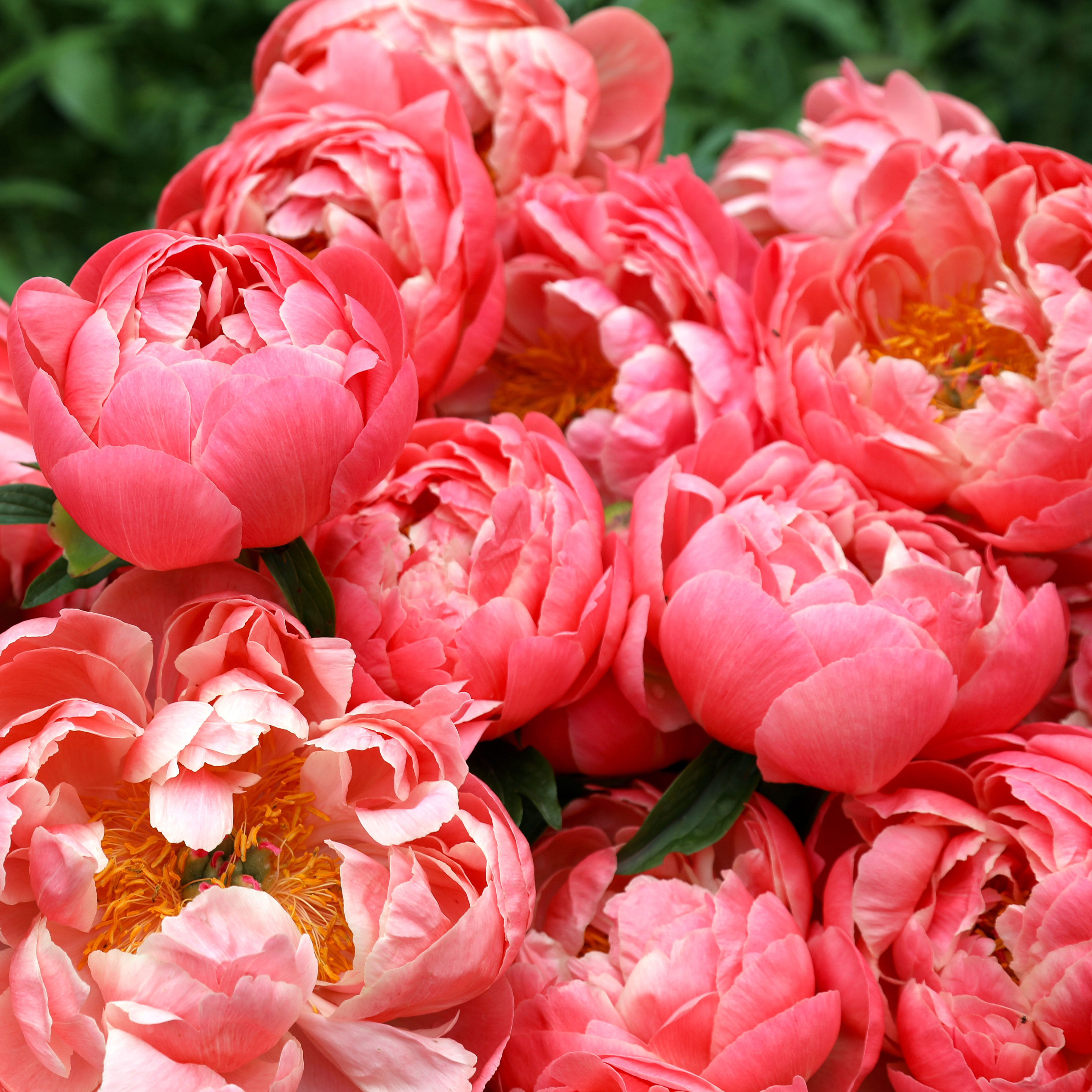 ‘Coral Charm’ Peony Care For Sublime Semi-Double Peonies With Lush Salmon Pink Flowers
‘Coral Charm’ Peony Care For Sublime Semi-Double Peonies With Lush Salmon Pink FlowersPeonies are known for their soft baby pink or magenta tones, but if plushy coral blooms are your thing, here’s our guide to the ultimate ‘Coral Charm’ peony care
By Tonya Barnett
-
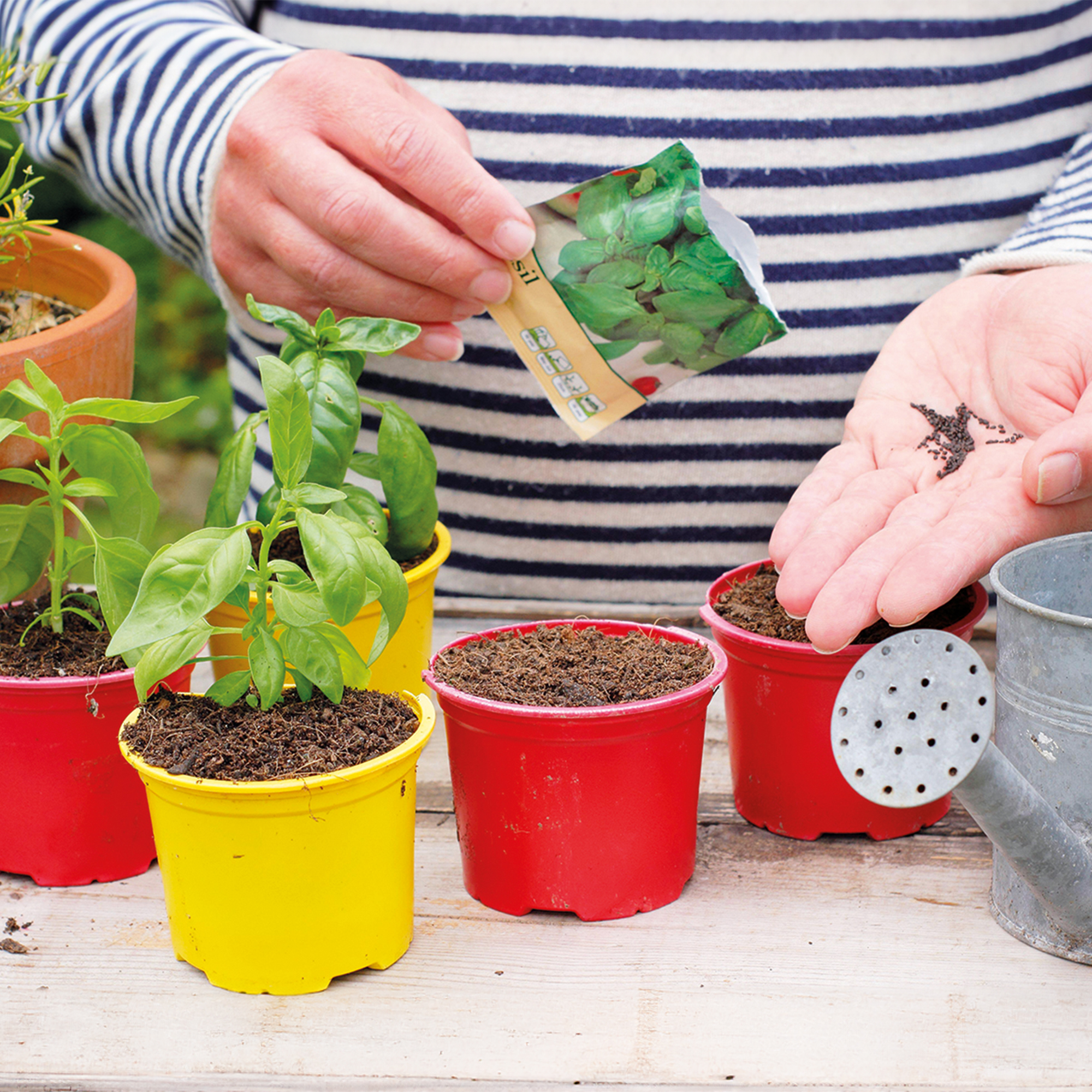 How To Grow Seeds Quickly: 8 Expert Tricks For Fast Flowers & Crops
How To Grow Seeds Quickly: 8 Expert Tricks For Fast Flowers & CropsIt's never too late to start growing! Jump-start your flower or vegetable garden with these pro tips and tricks for germinating seeds in record time.
By Amy Grant
-
 ‘Coral Charm’ Peony Care For Sublime Semi-Double Peonies With Lush Salmon Pink Flowers
‘Coral Charm’ Peony Care For Sublime Semi-Double Peonies With Lush Salmon Pink FlowersPeonies are known for their soft baby pink or magenta tones, but if plushy coral blooms are your thing, here’s our guide to the ultimate ‘Coral Charm’ peony care
By Tonya Barnett
-
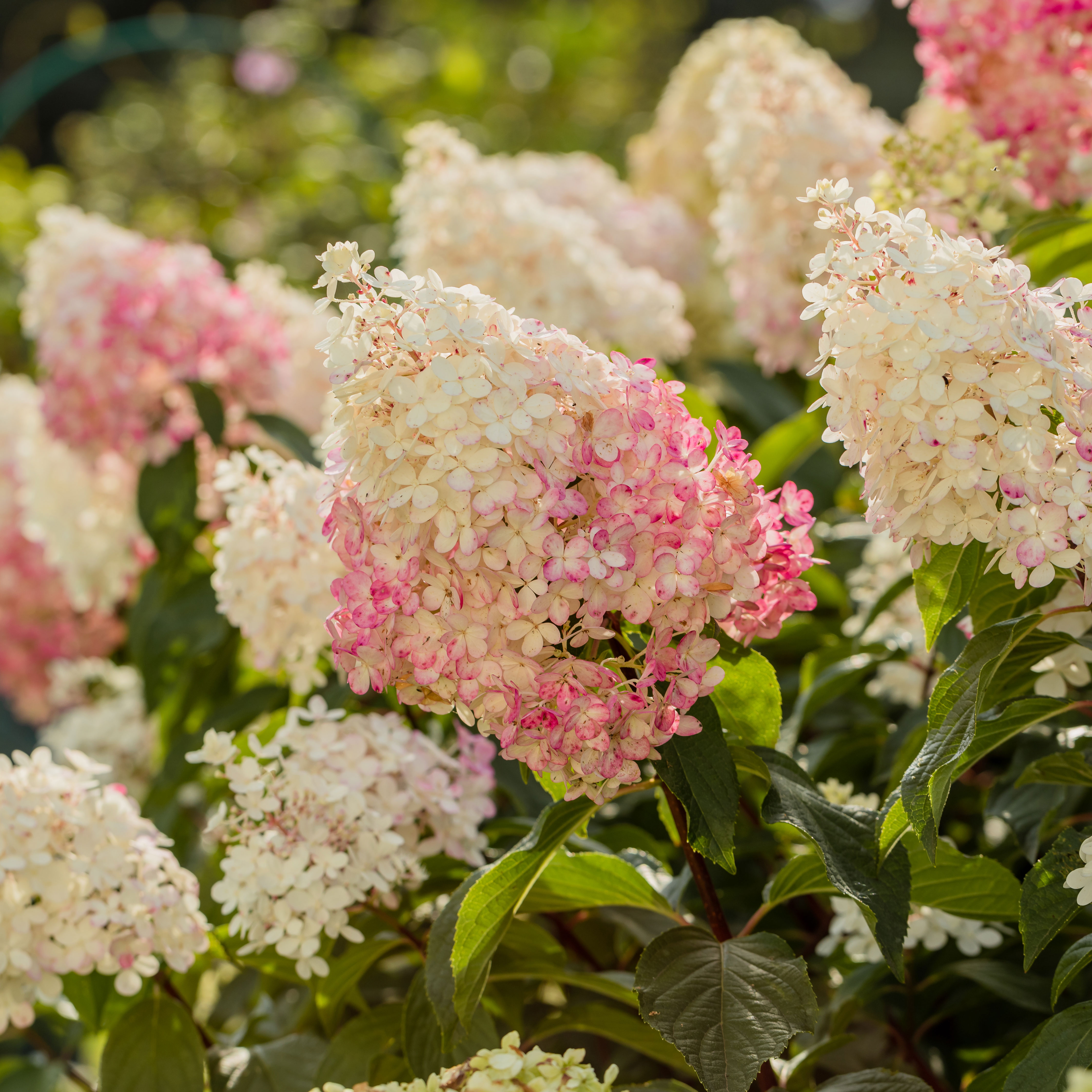 Want The Longest Lasting Hydrangea Flowers? Grow These 8 Panicle Hydrangea Varieties
Want The Longest Lasting Hydrangea Flowers? Grow These 8 Panicle Hydrangea VarietiesFor ornamental shrubs that deliver the longest flowering seasons with plush blooms and delicate hues, these panicle hydrangea varieties are essential in your yard
By Tonya Barnett
-
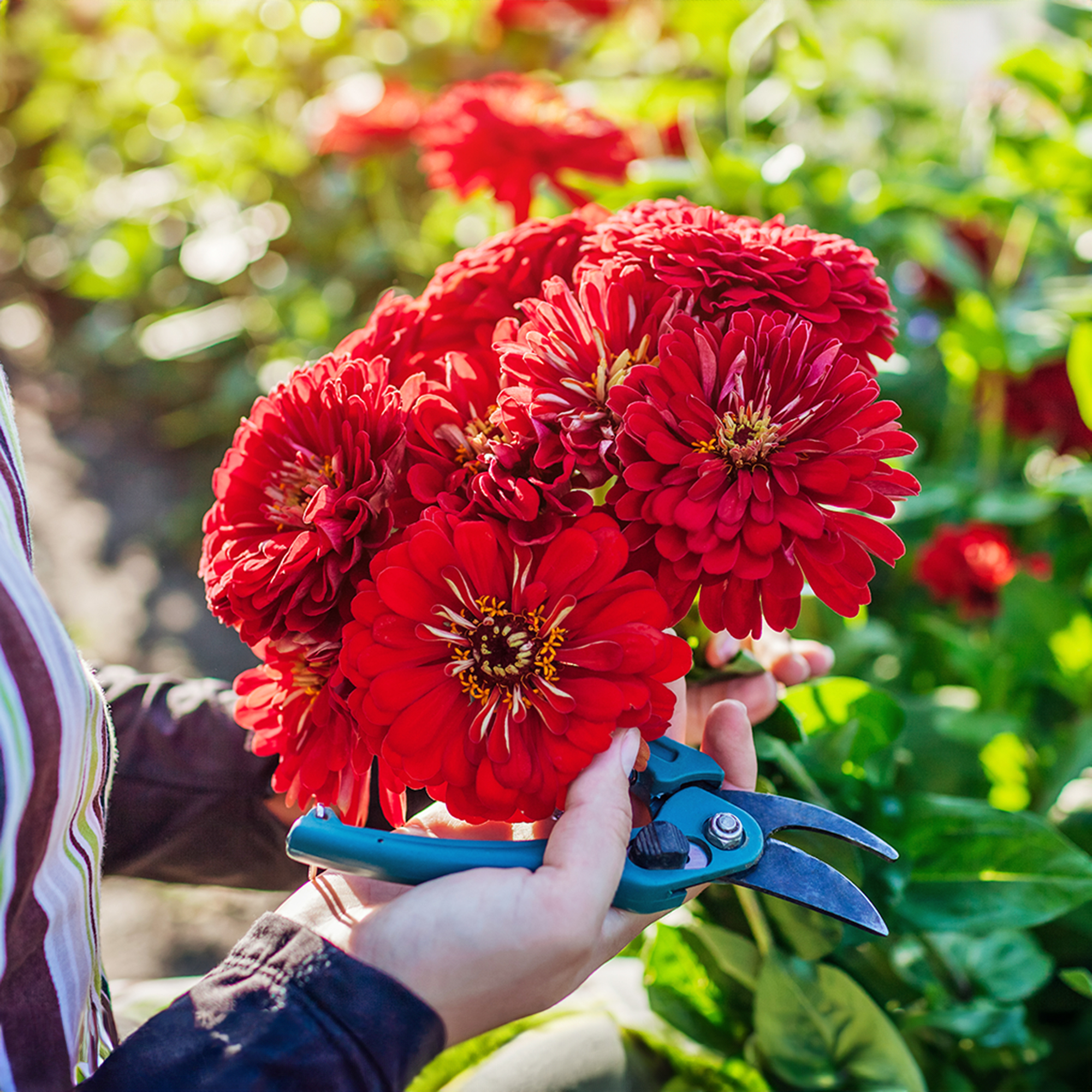 Zinnias On Repeat: 10 Glorious Cut-And-Come-Again Varieties For Endless Summer Bouquets
Zinnias On Repeat: 10 Glorious Cut-And-Come-Again Varieties For Endless Summer BouquetsThese zinnia varieties keep giving all summer, making them the perfect choice for dedicated cutting gardens – or just the occasional homegrown bouquet.
By Ellen Wells
-
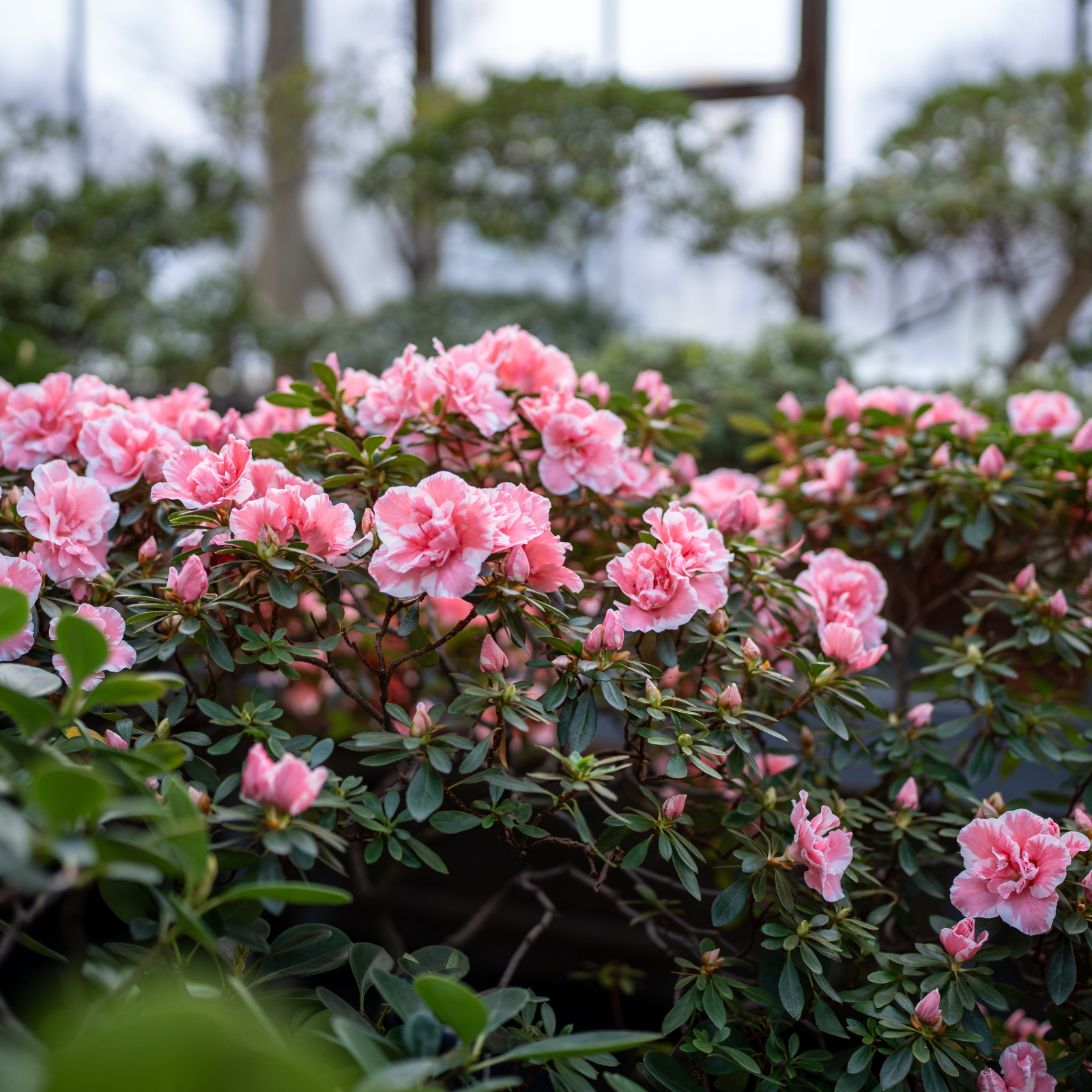 What Is The Size Of An Azalea? Explore Different Varieties That Will Suit Every Garden
What Is The Size Of An Azalea? Explore Different Varieties That Will Suit Every GardenThe size of azaleas can vary widely because they have been selectively bred for different landscape needs. Check out our picks for each size category.
By Mary Ellen Ellis
-
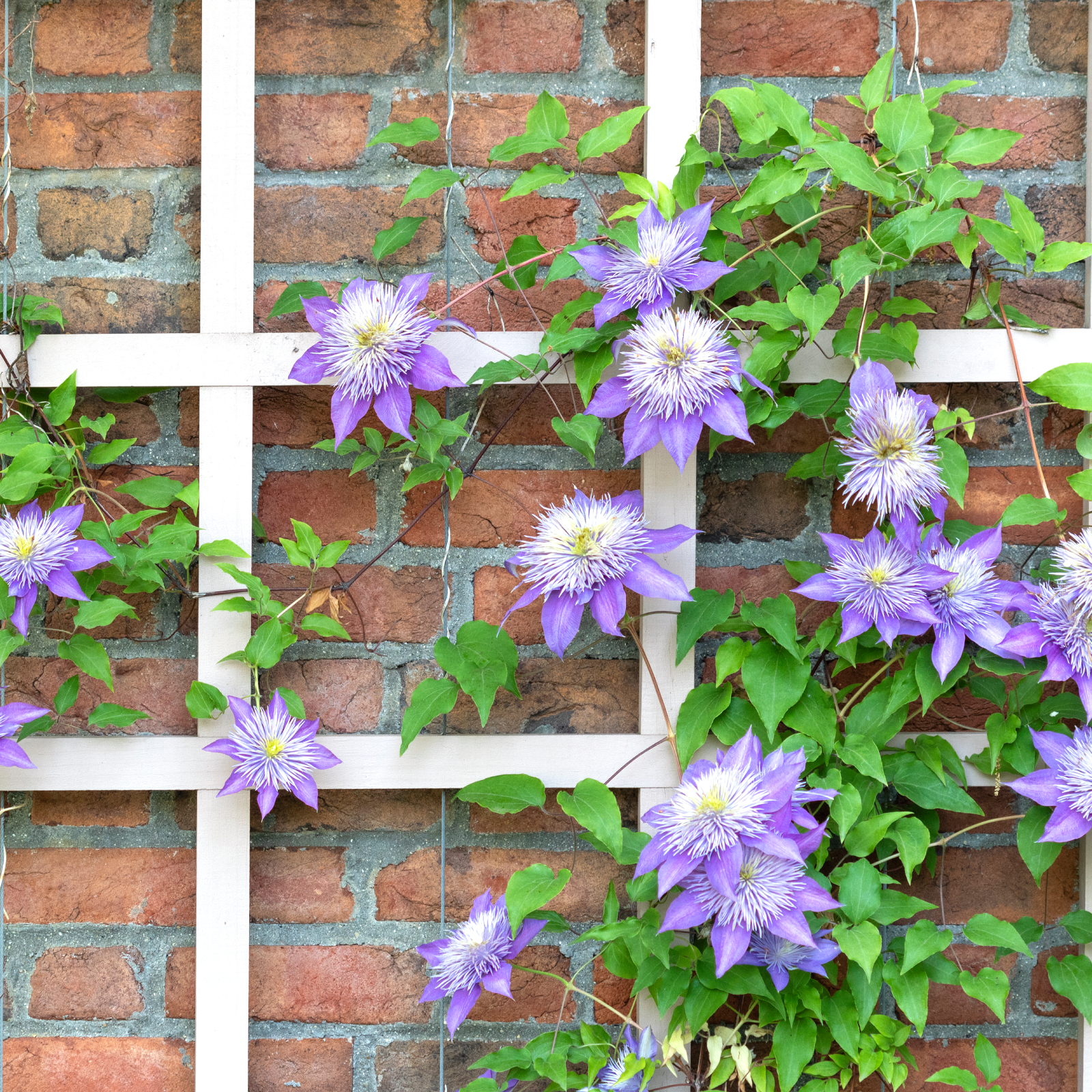 5 Fabulous Fast-Growing Vines – That Will Quickly Climb Any Arbor, Trellis, Or Fence
5 Fabulous Fast-Growing Vines – That Will Quickly Climb Any Arbor, Trellis, Or FenceThese fast growing vines are perfect for covering any eyesores in your yard or creating a living fence. They will provide great visual interest, as well.
By Amy Grant
-
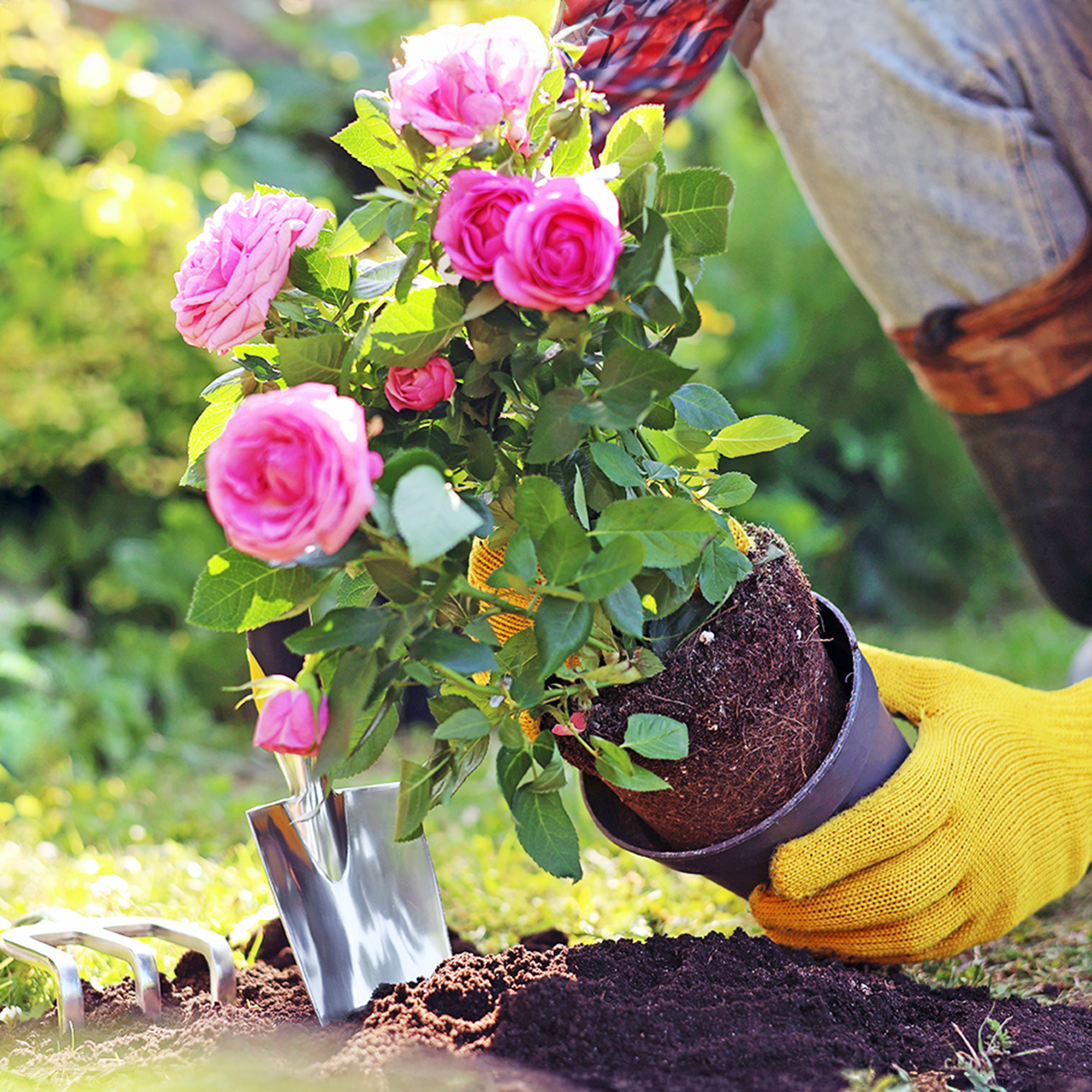 When To Plant Roses: The Best Time For Your Climate And Rose Type
When To Plant Roses: The Best Time For Your Climate And Rose TypePlant your roses at the right time and you will be rewarded with decades of glorious summer flowers – but get it wrong and you'll be crying over dead shrubs.
By Teo Spengler
-
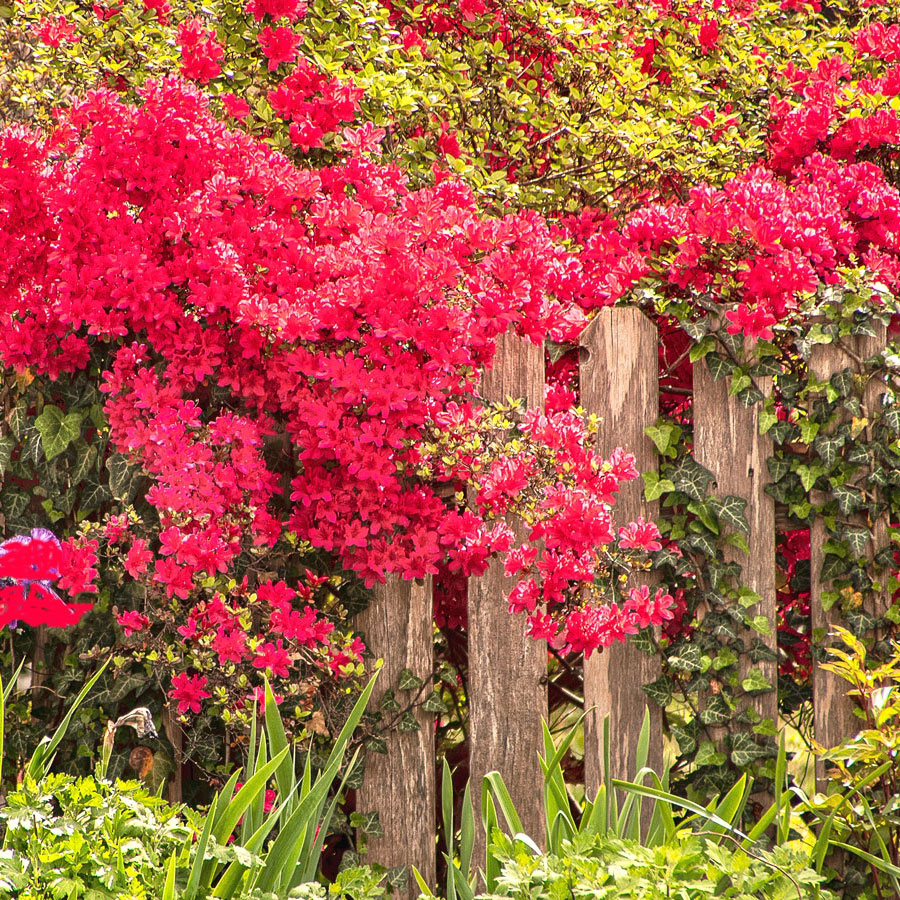 Spectacular Early Blooming Shrubs: 6 Sparkling Spring Flowering Bushes
Spectacular Early Blooming Shrubs: 6 Sparkling Spring Flowering BushesWant to kickstart your gardening year with dazzling spring flowering bushes for beds and borders? These unique early bloomers are sure to help you rise and shine!
By Teo Spengler
-
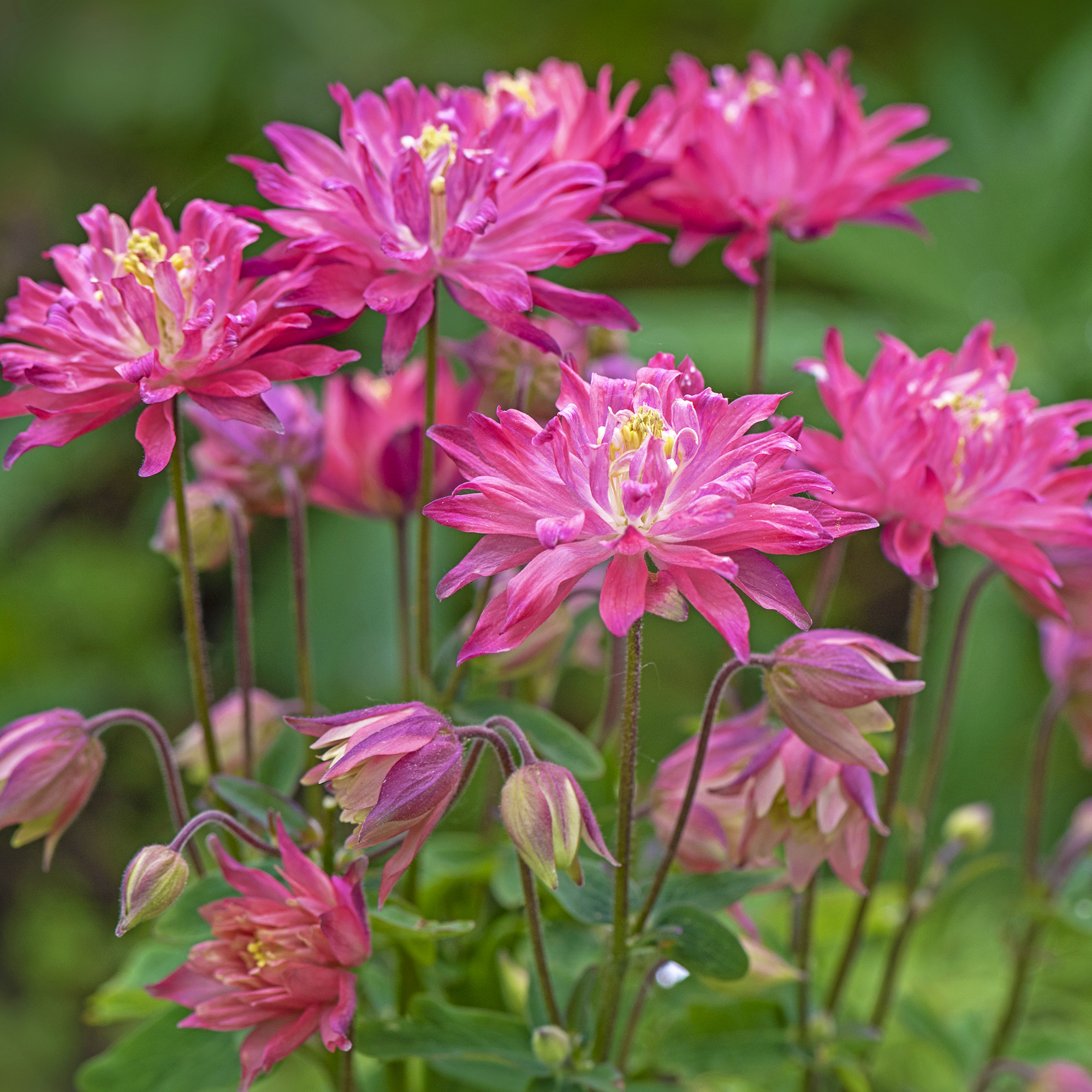 7 Shade-Loving Flowers To Start From Seed Now For A Stunning Summer Garden
7 Shade-Loving Flowers To Start From Seed Now For A Stunning Summer GardenTurn shady spots into vibrant new garden spaces with lovely and illuminating shade-loving flowers.
By Ellen Wells
